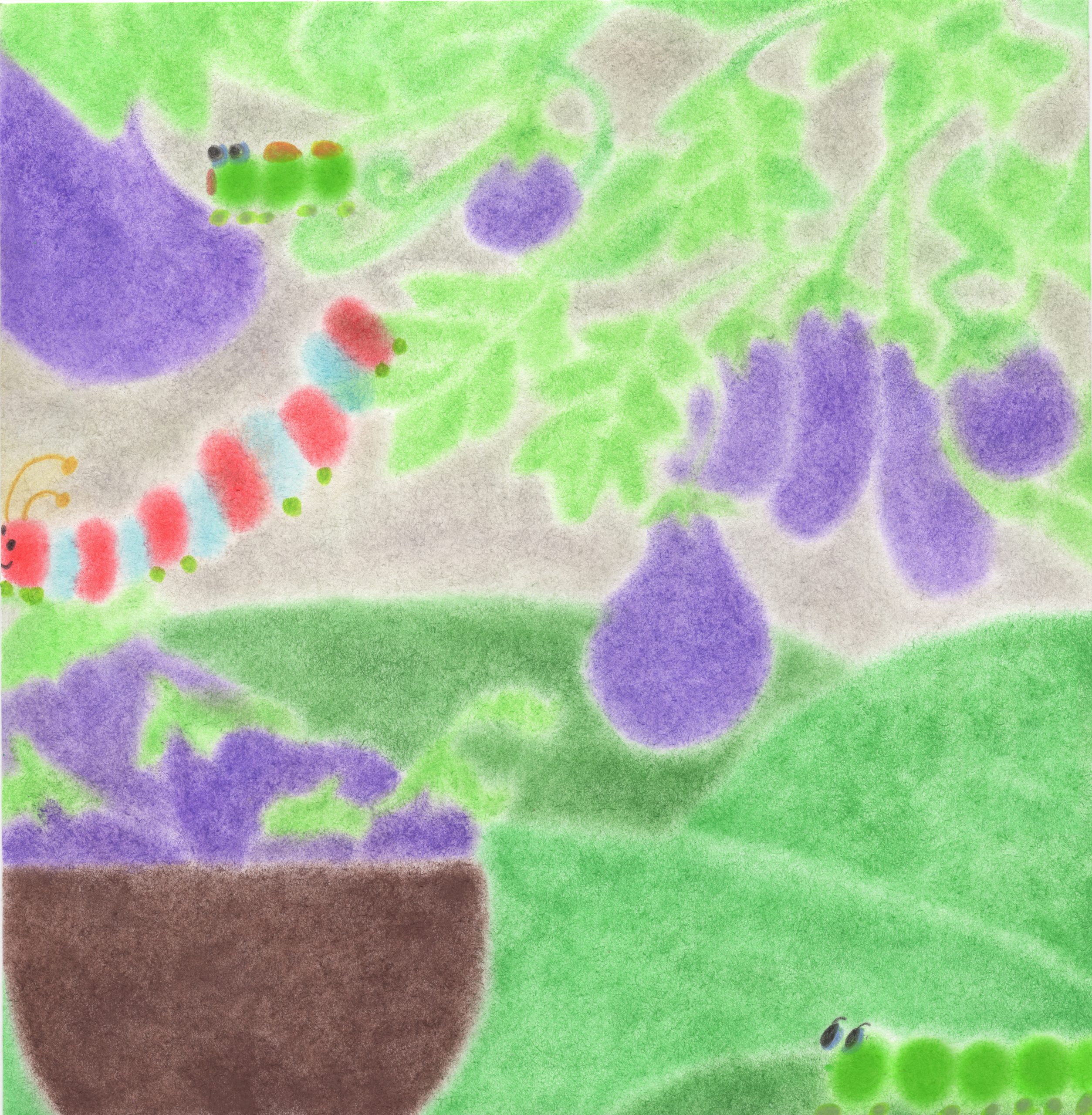Required Reading is a series that pairs original recipes with reflections on revolutionary texts.
Dialectical and historical materialism is the process through which the history of society is converted into a science.1 Like all other sciences, this follows the scientific method of asking questions, performing research, establishing and testing out hypotheses, making observations and analyzing results, to draw a conclusion and present the findings. The experiment to be conducted? The revolutionary construction of a greater society.
Some of the greatest dialecticians of the twentieth century emerged from liberation struggles across the continent of Africa. Among them was Thomas Sankara in Burkina Faso—located in West Africa. After being trained in Marxism-Leninism and studying twentieth century revolutions, Sankara successfully led the fight to eliminate neocolonialism in the former Upper Volta and established a revolutionary government in August 1984.
To do this, he toured the land of Burkina Faso, imparting dialectical materialism to thousands of working women who relocated their roles outside biological functions and became conscious of their leverage as active social forces.2 For him, dialectical materialism was a tool with which to diagnose the “exploitation of women in the framework of a general system of exploitation”.3 That “the revolution cannot triumph without the emancipation of women” was not a personal opinion of his, but a strategic assessment reported directly from the revolution where over half the population were not men.4
To systematize the mobilization of women, Sankara’s National Council of the Revolution formed Union des femmes du Burkina (UFB). As a revolutionary organization, the UFB was “governed by the organizational principles of criticism and self-criticism and democratic centralism”, and Sankara urged them to “carry out vast political and ideological educational campaigns among its leaders.”5 In order to ensure that women were able to perform as political actors, the National Council of the Revolution negotiated the implementation of “a large-scale network of social services such as nurseries, day-care centers, and cafeterias” which allowed “women to more easily take part in revolutionary debate and action.”6 Sankara insisted that “men and women will, from now on, share the tasks in the home.”7
Shared responsibility of household chores seems like the bare minimum now, but as Walter Rodney noted, “a revolution by definition is a tremendous speeding up of change, so that old forms of behavior and activity become out of date in a very short time.”8 It is partly to Thomas Sankara and the women of the UFB that we owe this new expectation.
“Sharpen it again and again so that its blade will cut more deeply,” Sankara said to the women of UFB, not of the kitchen tool but of the organization itself. “It is your combat weapon. It belongs to you. The August revolution is above all your revolution.”9
- 1. For a deeper understanding, I recommend Stalin’s essay Dialectical and Historical Materialism where he writes: “…if the world is in a state of constant movement and development, if the dying away of the old and the upgrowth of the new is a law of development, then it is clear that there can be no “immutable” social systems, no “eternal principles” of private property and exploitation, no “eternal ideas” of the subjugation of the peasant to the landlord, of the worker to the capitalist. Hence, the capitalist system can be replaced by the socialist system, just as at one time the feudal system was replaced by the capitalist system. … we must not cover up the contradictions of the capitalist system, but disclose and unravel them; we must not try to check the class struggle but carry it to its conclusion. … the transition from capitalism to socialism and the liberation of the working class from the yoke of capitalism cannot be effected by slow changes, by reforms, but only by a qualitative change of the capitalist system, by revolution.”
- 2. Sankara, The revolution cannot triumph without the emancipation of women, March 1987
- 3. Ibid.
- 4. Ibid.
- 5. Ibid.
- 6. Ibid.
- 7. Ibid.
- 8. Walter Rodney, The Russian Revolution p. 41
- 9. The revolution cannot triumph without the emancipation of women.
⟣ SESAME x EGGPLANT10 ⟢
sesame cracker, sesame paste, shallot-lime vinaigrette
- Sesame seeds, toasted
- Black sesame seeds
- 1 large Eggplant
- Lime juice
- Lime zest
- Sesame oil
- Grapeseed oil
- ½ cup Cold water
- 1½ cup flour
- 1 tsp sugar
- 1 tsp salt
- Chives, thinly sliced
- Shallots, small dice
- Garlic Powder
- Cumin
- Black Pepper
For eggplant:
Preheat oven to 400°.
Slice eggplant in half lengthwise and coat the cut side with grapeseed oil. Season with salt, pepper, garlic powder and cumin. Place eggplants cut side down on a parchment lined baking sheet.
Roast eggplant in oven for 30-35 minutes, depending on size, until insides are tender. Turn oven to 450° to preheat for sesame cracker.
Scoop half eggplant into a food processor with a teaspoon of sesame oil. Process until smooth, then add remaining eggplant and process only until eggplant is broken down, but not as smooth as the first half. We want to achieve a textured paste that is sturdy enough to hold itself together, but smooth enough to be almost spreadable.
Mix in chives and salt to taste.
For sesame paste11:
Grind sesame seeds and sesame oil in a mortar and pestle until coarse. Add more sesame oil and set aside.
For sesame cracker:
Mix flour, salt, sugar, sesame seeds and 2 tbsp sesame paste12 in a bowl until well combined. Add water and knead dough just until it comes together and color is uniform. Roll into a ball and allow to rest for 10 minutes.
Tear off desired-sized pieces of dough and roll out as thin as possible. If dough shrinks while being rolled out, allow it rest for a little longer. They can be as large or as small as you want. Sprinkle with toasted sesame seeds
Place rolled out crackers onto a parchment lined baking tray, and bake for 4 minutes. Turn oven off and allow crackers to cool inside.
For vinaigrette:
Heat grapeseed oil in a skillet on medium heat. Add shallots and some salt to pull out moisture. Saute until shallots are softened. Transfer to a container and allow to cool.
Add lime juice to shallots. Add grapeseed oil to adjust.
To plate:
Place a lump of eggplant on a plate and smear to spread in an even layer. Drizzle vinaigrette over the surface of the eggplant. Garnish with fresh chives. Break sesame crackers into pieces and arrange over eggplant as if putting together a puzzle, leaving gaps in between the pieces.
- 10. In The Revolution Can Not Triumph Without the Emancipation of Women, Sankara states that along with cotton and shea nuts, women were responsible for the harvest of sesame in addition to the number of other tasks that were expected of them. Sesame in this recipe is a metaphorical tool, as is eggplant (for obvious reasons); although sesame finds itself contributing to every component of the dish, the eggplant only has one job, so to speak, and can still likely be seen as the main ingredient.
- 11. You can use store bought sesame paste (not tahini) but by making your own, you can control the texture and intensity to your liking.
- 12. Note that this measurement puts emphasis on the amount of oil in your sesame paste if you have made your own. The paste is providing the fat content for the cracker, so be mindful of this and include as much or as little of the sesame solids as you want.




